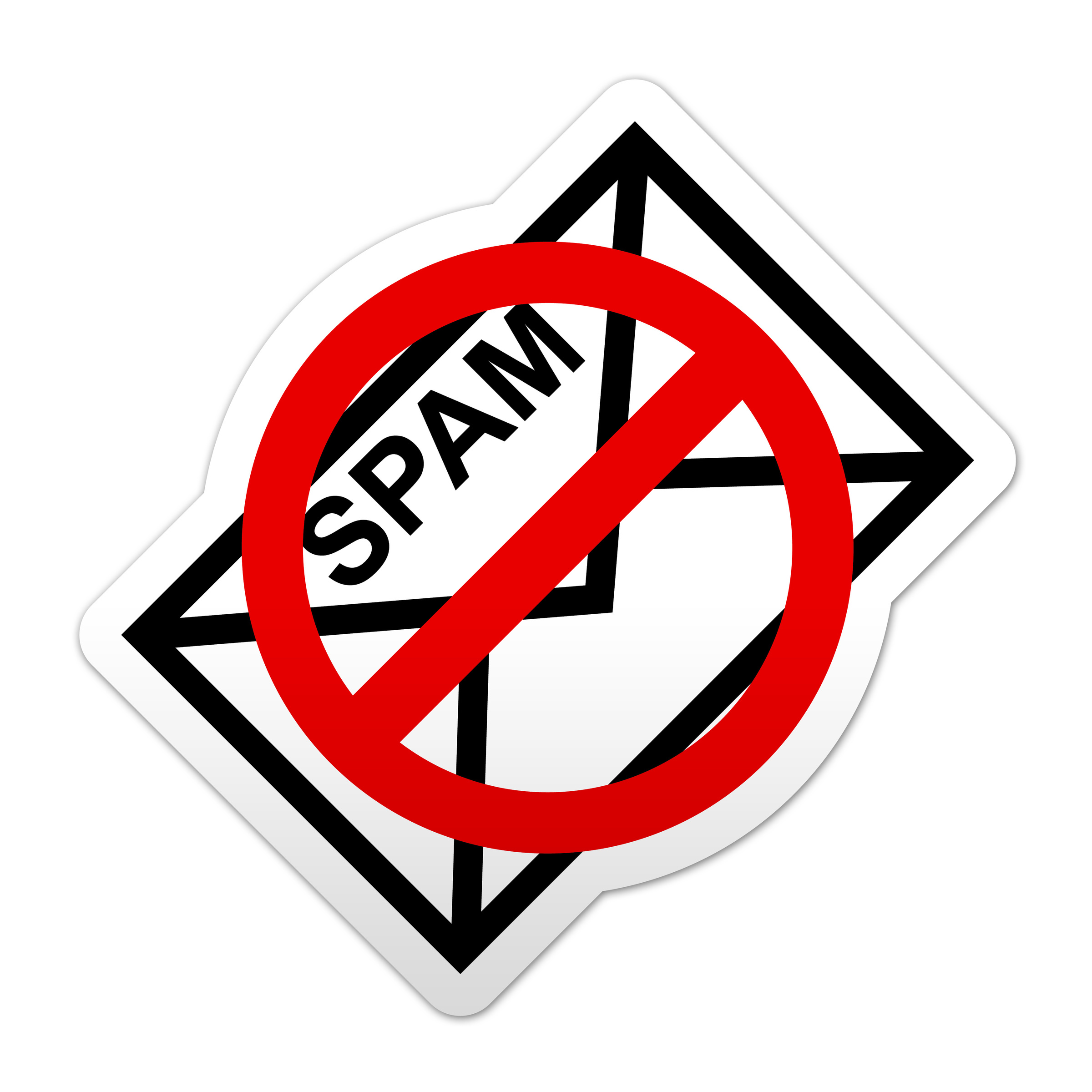GreenRope Blog
Title search: ✖
|
Show All (636)
#CoolerChat (7) All About GreenRope (172) Content Marketing (66) CRM (191) Customer Experience (79) Digital Transformation (8) Email Marketing (6) Event Recaps (2) Everything Small Business (46) How-To (136) In the Clearing with Lars (25) Infographics (4) Marketing (149) Marketing Automation (60) Monthly Updates (25) Press Release (1) Sales (76) SMB (140) Social Media (20) Tidbits for You (116) Websites & SEO (4) Weekly Roundup (16)
10 Surprising Things You Didn't know about Client Services & Search Marketing Manager, Lisa Frampton
Disqualifying Leads Without Alienating Them as Future Customers - Part 2: Cultivating Non-Leads with Automated Marketing
4 Ways to Get Your Email Marketing in Front of the Right Audience Through Personalization & Segmentation
Total Cost of Ownership: What does it mean and how can you avoid costly, unsuccessful implementations.
|
Let’s Talk About Spam
Spam is one of those four letter words that, if you’re a marketer, you never want to hear. To spam is to send unsolicited bulk messages indiscriminately. As a marketer, landing a spot in someone’s spam folder is tragic. Return Path released their first Q3 Email Intelligence Report looking at email placement, reputation and performance. We took a look at this report and gathered the following. Email Marketing is effective, if it makes it to the Inbox.
Why does a newsletter never make it into the Inbox?
Avoiding spam traps is easily avoided if you are maintaining your emails lists, and updating them as you go to avoid sending to inactive emails, unsubscribes, complainers, etc. Once a marketer has been deemed a spammer, it is very difficult to rid yourself of that reputation, leading to poor inbox placement, lower open rates, and little ROI. So, how can you avoid being pegged a spammer?
Spam is one of those four letter words, as a marketer, you never want to hear. Luckily, if you use GreenRope, you can easily track and see where you stand on the spammer scale. |
